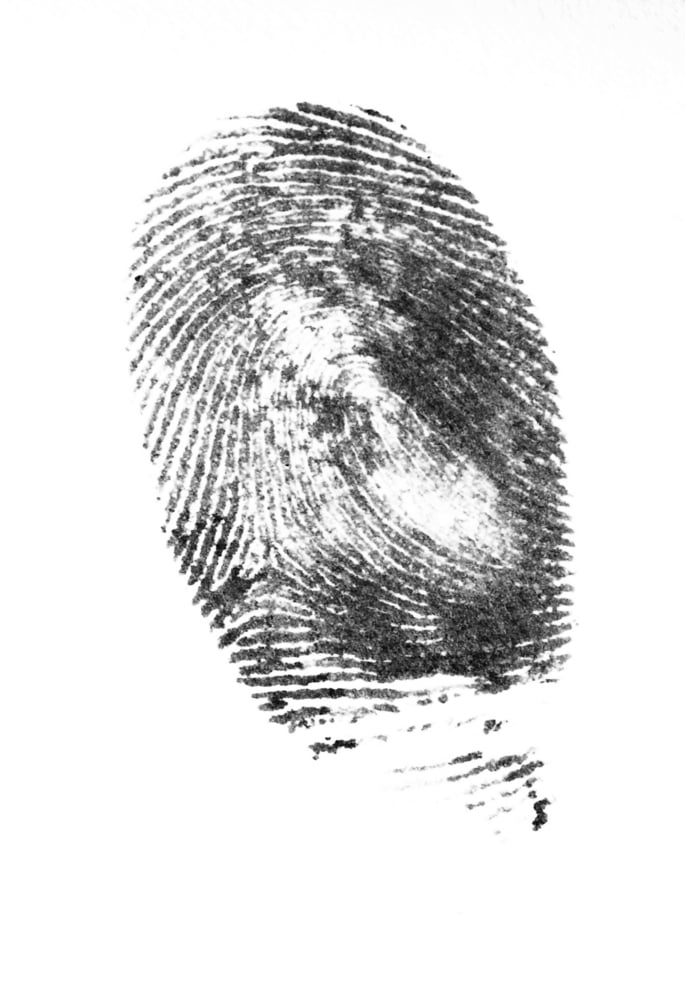You’ve seen the CSI and police shows where someone’s home or business becomes a crime scene.
Forensic experts arrive to begin examining the evidence. In short order, fingerprint powder has been dusted onto every surface that might have been touched by the criminal.
Then they head back to their lab. Their work is done, but yours might just be starting.
The cleanup begins
Who cleans up the mess and who pays for the cleanup?
Laws and policies differ from one jurisdiction to the next. Sometimes, the home or business owner can get estimates and file a claim for reimbursement with the law enforcement agency that made the mess.
Homeowners, renters, or business interruption insurance policies may cover the amount that exceeds the deductible. In other cases, the entire cleaning and resulting financial burden fall to the occupant of the property who may become even more so the victim of the crime.
The job may now fall to your cleaning company to deal with. How do you go about it?
Cleaning techniques
Get started on the task as soon as possible. Fine, light powders that flow easily can quickly spread throughout an entire home with even the slightest air currents. It may be beneficial to shut off heating, ventilating and air conditioning (HVAC) systems until the cleaning have been completed.
Wearing gloves helps protect your hands and assures that the powders are not reacting with moisture on your hands and making the cleanup more difficult.
Hard plastic and non-porous items — countertops, the exterior of appliances, mirrors, etc. — can be cleaned with warm water and a sudsy detergent formula made for hard surfaces. Rinse and wipe dry with a lint-free cloth.
More porous durable items, such as soft plastics, will require a longer dwell time, the addition of some solvents, and perhaps some agitation in the cleaning process.
When fingerprint powders are on soft goods such as carpet, rugs, upholstery, and drapes, it is best to remove as much as possible in a dry state.
If magnetic powders were used, a strong magnet may help collect residue. More often, a high-efficiency particulate air (HEPA) or even an ultra-low penetration air (ULPA) vacuum can be used.
You may also use your truckmount along with a dust-downer to be sure that the powder does not make its way into your vacuum blower. Be sure that there are no air leaks in your vacuum connections that could pick up powder and spread it throughout the home
The powders are applied with a very fine bristled brush. A very soft brush can be used to help dislodge the powder, but be careful not to be too aggressive and spread the powder.
The next step is to clean using hot water extraction using a prespray, rinse agent, and techniques appropriate for the surface being cleaned. Boost your prespray with two ounces per gallon of a quality citrus solvent. Flush with plenty of hot water. Finish with extra vacuum-only strokes to be sure you have extracted all that you can.
Small spots may be treated by flushing with a sub-surface extraction tool.
Some color may still remain. This can usually be removed with an accelerated reducing agent.
Now, grab your hat and jacket that identifies you as a crime scene cleaner and begin to make some money.
This post originally appeared in Cleanfax and is republished with Scott Warrington's permission.
